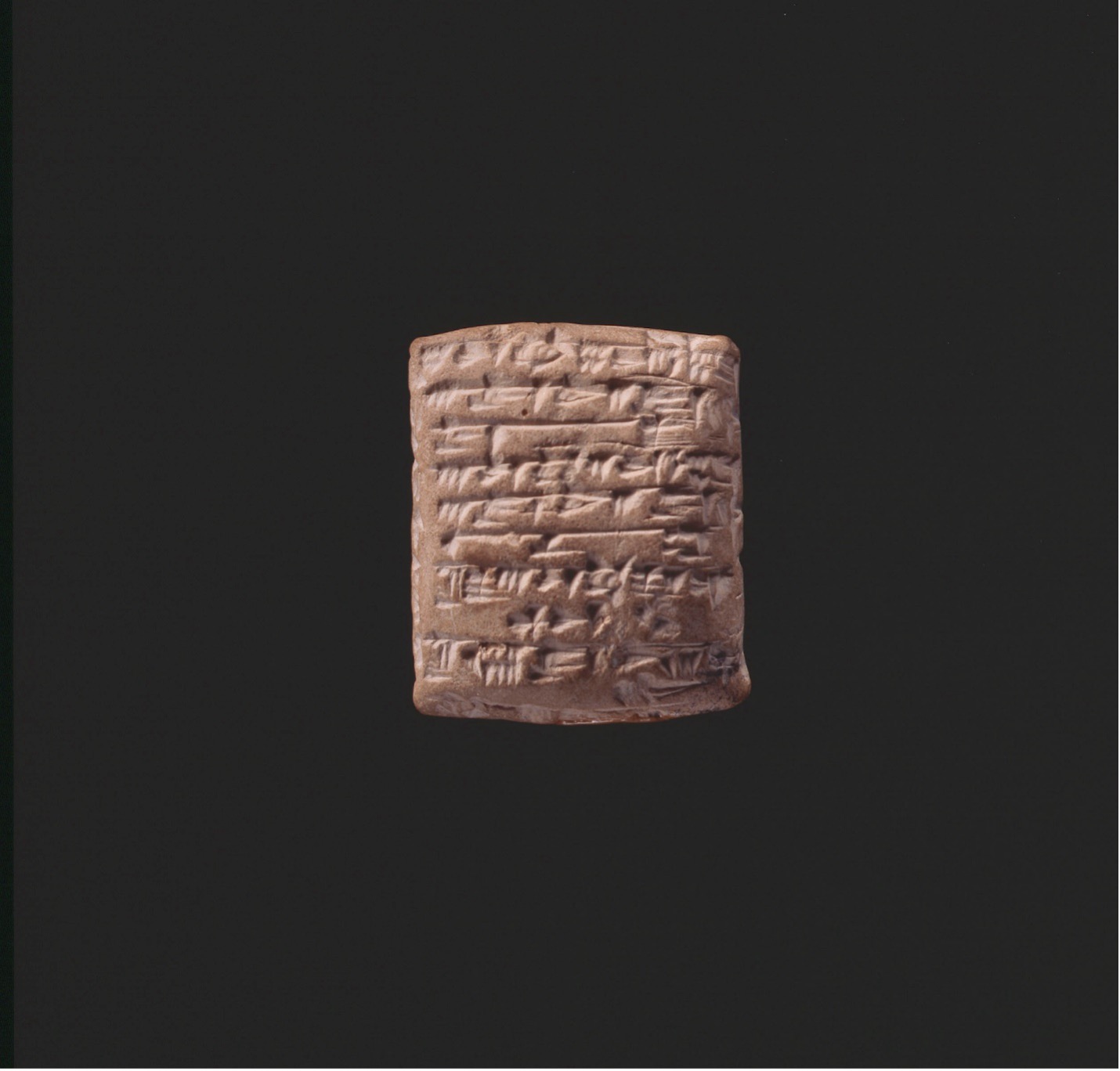J.P. Morgan is best known for his financial acumen, but he was also an avid collector of Mesopotamian cylinder seals and cuneiform tablets. The advisor for his collection was a man named Albert T. Clay (1866–1925), who held a doctorate in Assyriology. In 1909, Morgan set up an endowment for Yale University. In addition to a professorship in Assyriology (named after his friend and fellow art lover William Laffan), funds from the endowment would allow Yale to develop its own collection of Mesopotamian tablets and artifacts. The first William M. Laffan Professor of Assyriology and Babylonian Literature was named in 1910—it was Albert T. Clay. Clay collected with gusto, and today, the Yale Babylonian Collection is one of the foremost collections of inscribed Mesopotamian material in the world.
A few years before his death, Clay was befriended by Emory University professor William Shelton. In the files of the Carlos Museum, we have a series of letters from Shelton to Clay. Shelton determinedly pursued Clay to purchase cuneiform tablets for the fledgling Emory University Museum. According to the letters, Shelton ultimately succeeded and purchased over 150 cuneiform tablets from Clay in July 1921 for $100.
Forty-eight years after the tablets entered the Emory University Museum collection, a man named Sonny Carter received his bachelor’s degree from Emory University. He was a bit of a Renaissance man, graduating from Emory’s School of Medicine in 1973 and playing professional soccer with the Atlanta Chiefs for the four years he was in med school. Carter entered the Navy in 1974 and was selected by NASA for their training program in 1984.
By 1989, Carter was preparing for his first space mission. Emory seized on the opportunity and suggested he take something from the university into space with him—one of the cuneiform tablets purchased by Shelton from Clay in 1921. The tablet (1921.215) dates from 2046–2038 BCE and is a rather mundane receipt recording goods received by various individuals. But the tablet is small, easy to carry, and is in good condition—perfect for a trip into space. Carter was aboard Space Shuttle Discovery for mission STS-33 when it lifted off from Kennedy Space Center in Florida on November 22, 1989.
Whenever I write these blog posts, I spend time going over the object’s record and any related documentation. The “Space Tablet” is the stuff of legend around the Carlos, but I never really looked at its record. In an internal memo dated October 4, 1989, museum staff mention this object was great for the “Object in Space” program. Curious to see what other objects went into space, I tried researching the program. I could not find anything about it. In fact, I could not find any mention of the tablet going to space that did not originate from Emory University sources. Mission STS-33 was a Department of Defense mission, and the details are classified, so this could be why no one else has talked about the tablet going into space. However, the fact remains that as of the writing of this blog, I can neither confirm nor deny the tablet went into space.
I thought about writing this blog post on another object—one with a story we can prove. But this is what museum work looks like. It’s messy, sometimes awkward, and quite often leaves you with more questions than answers.





